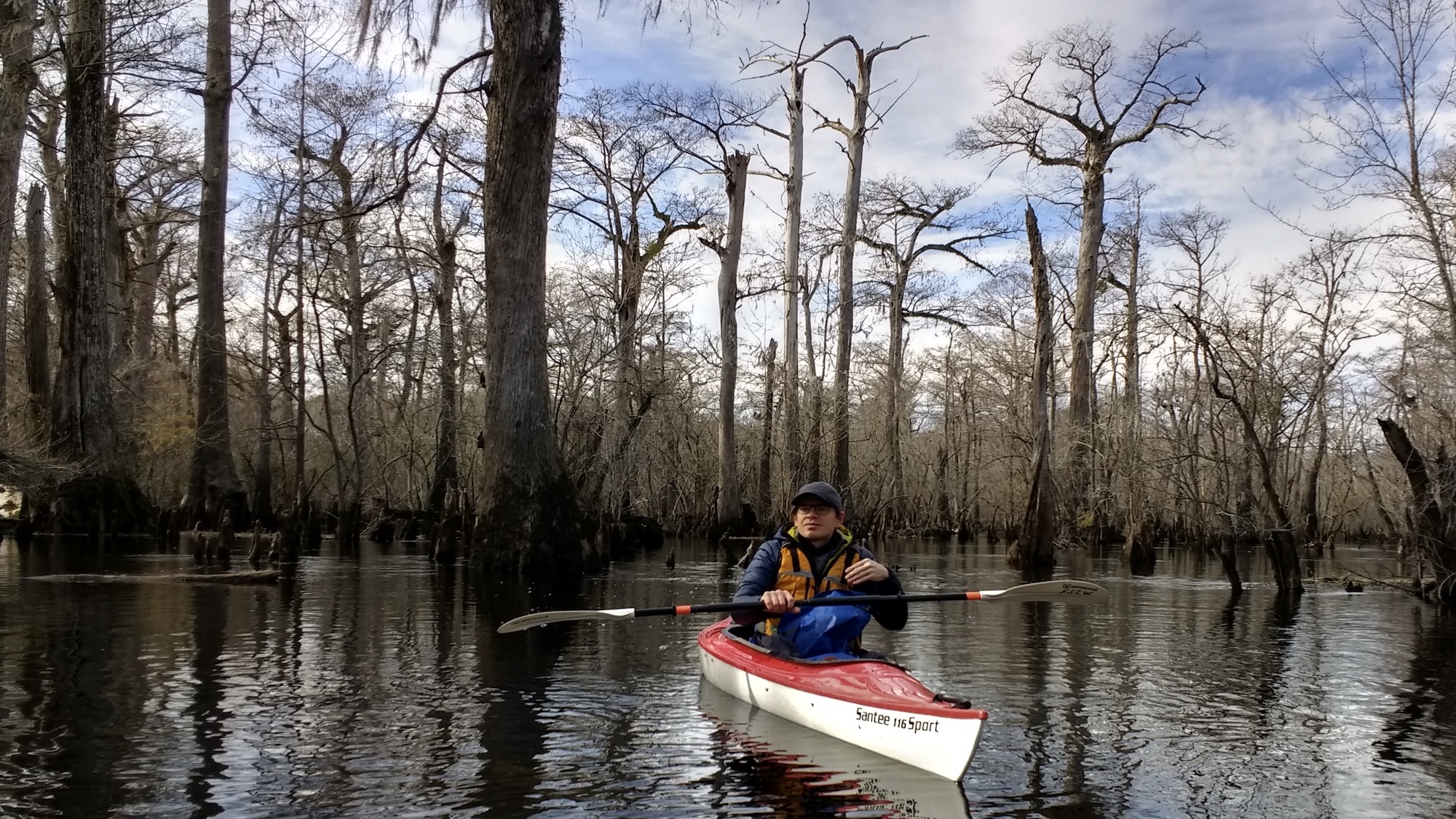Historians begin their research any number of ways—with a question, a text, a time period, a person, a social group, and so on. I’ve always started with place. Maybe that’s because I grew up in Utah, where the most famous utterance in state history—apocryphal, of course—is simple yet enigmatic: “This is the place.”
Through my first three books, I came to terms with the world I’m from: the American West (particularly Utah and California) after U.S. settler colonialism. In retrospect, I see that my western trilogy paralleled an ethical shift in the field of environmental history: from a preoccupation with wilderness to an appreciation of hybridity; from studies of nature “out there” to studies of nature “next door” to studies of the natures all around and inside our bodies.
If I were to distill one question from my accumulated work, it would be: How do people sacralize and desacralize landforms as they go about modifying ecosystems and shaping landscapes?
Religion is one of my general interests, and Mormonism one of my research specialties. Honestly, though, I can get interested in pretty much anything! I’ve published essays on yoga in the United States, genocide in California, lynching trees in American memory, executive powers during WWII, and the geology of media in the Anthropocene. To me, scholarly distinctions between the cultural and the material aren’t so relevant; I study them together.
Sometimes I use a neologism to describe my scholarship: geohumanism. Non-human “actors”—both animate and inanimate—appear prominently in my work, as do people in all their glorious and folly-filled capacities for imagination and engineering. The starting points for my books have been, respectively, a dammed river, a legendary mountain, and iconic flora.
My current project, Survival of the Oldest, concerns the problem of long-term thinking in a time of rapid global change. It uses local case studies of ancient trees—the ultimate place-based beings—to address planetary themes. The project is a hybrid: an intellectual history of the modern idea of the “oldest living thing in the world” and a natural history of plants (specimens, populations, species) that have fulfilled that idea. Crucial to both is a history of the science of dating trees, or dendrochronology. This in turn necessitates a cultural history of why and how modern peoples care about (or don’t care about) old things.
Survival of the Oldest has a strong U.S. component because, for biogeographical reasons, a disproportionate number of Earth’s oldest trees currently exist in the American West. (Not coincidentally, the discipline of dendrochronology was founded at the University of Arizona). But I am approaching this topic transregionally and comparatively. The pleasure—also the pain!—of my research has been learning more about other national histories, including Mexico, Chile, New Zealand, Japan, Taiwan, Sri Lanka, England, Germany, and Poland.
Because trees of exceptional longevity are typically sacred trees (de facto or de jure), my project combines history of religion and history of science. Many of the world’s oldest things are living examples of interspecies, intergenerational care. By looking at our long-term relationships with long-lived plants, I mean to provide an anti-hopeless, if not exactly hopeful, take on climate change. At Penn, I’m thinking about developing a course called, no joke, “How to Survive the End of the World.”

In the meantime—i.e., the 2020–21 academic year—I’ll be offering a brand-new undergraduate course:
• “Petrosylvania” (a research seminar on the histories and legacies of fossil fuel in connection to three entities: the Commonwealth of Pennsylvania, the City of Philadelphia, and our own University of Pennsylvania)
As a teacher/advisor at Penn, I see myself as a jack-of-all trades historian of the long nineteenth century. How long? Well, in profound ways, we’re still living with that century—the apogee of slavery, and the onset of fossil-fuel capitalism. As someone interested in “deep history,” I can go much longer, relating the nineteenth century—the effective beginning of what we now call climate change—to the Paleocene-Eocene Thermal Maximum, and, indeed, the Carboniferous Period.
In my spare time (such as it exists!), I like to make ceramics, play the accordion, go for long walks, and shoot photographs, some of which I post on Instagram.
